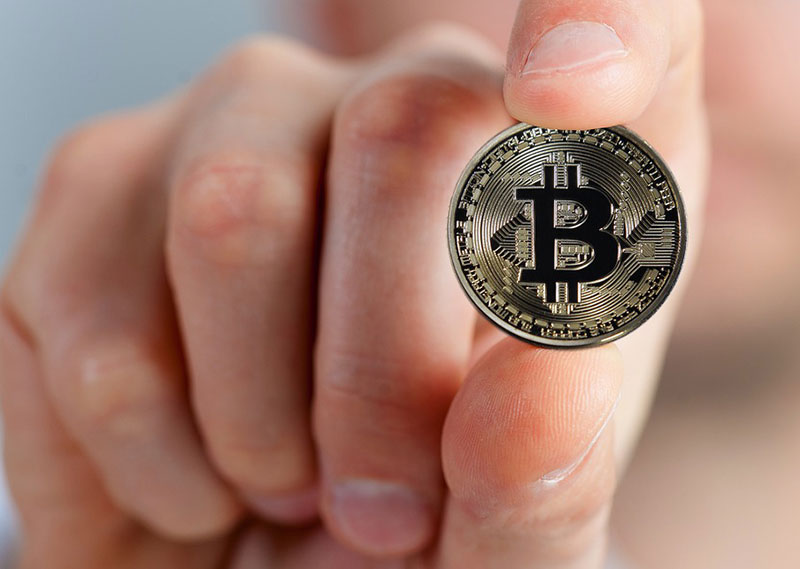Bitcoin: The Basics
Bitcoin is in the news, usually with some startling information about some guy tossing out his old computer for recycling with his only bitcoin wallet on the hard drive. His old wallet has the only access to hundreds of thousands of dollars’ worth of bitcoin. And it’s gone.
Or you read the predictions about the bitcoin that was worth 39 cents in 2010 and $500 in 2016 skyrocketing to $100,000 by the end of 2018.
Online stories about the unregulated aspect of digital currency open up scenarios of a criminal element using this form of money transfer as a way to pay for illegal transactions across international borders. There have been some spectacular drug trafficking crimes that were uncovered where bitcoin was used to pay for drugs.
It might seem like a currency like bitcoin that is not regulated as a bank transaction might be is a great way to carry on a lot of sneaky secret illegal deals. The reality is that every bitcoin transaction is a matter of public record. When you buy or sell bitcoin, there is a transaction recorded in the bitcoin blockchain.

Sure, your identity is not part of that record so that part is anonymous. The actual transaction is anonymous from that point of view but it is not private. There is a public ledger – the blockchain – that is open to the entire world. Anyone who wants to explore it can go through every transaction from day one to the last few minutes.
The FBI has made it clear that they have the technology to follow the bitcoin trail. So do other law enforcement entities. Bitcoin is not the secret that criminals like drug dealers might think it is.
When what most people see about bitcoin are stories covering the unusual or startling stories, there is a tendency to feel that bitcoin is something that regular people cannot or do not want to use.
Another thing, in spite of the bitcoin images displayed in stories about it, such as a pile of gold coins, you cannot hold a bitcoin in your hand. It’s digital. When you go to the grocery store and use a debit card, no actual money changes hands. That’s digital.
There is a difference between that kind of digital and bitcoin digital because with your debit card, the money is in your bank account because you deposited a check or cash or your employer deposited your paycheck. The bank acts as a third party, sitting between you and where your money comes from. If your employer paid you in bitcoin, the deposit would come directly from the employer to your bitcoin wallet.
There are no bank charges and there is no danger of hyperinflation. The market cannot be flooded with bitcoins so your stash will suddenly become worthless.
Until more people start using bitcoin, most of us have to go through an exchange to buy bitcoin. Here is something else that throws people off. The latest price of bitcoin as of November 2017 is $7,699.94 USD. The price may vary, depending on where you buy it. Some exchanges may increase their price so they can make a tiny profit on each sale. At coinbase.com, at the same time, a bitcoin costs $7,758 USD.
What throws people off is that they think they have to buy a bitcoin and that is a lot of money to lay out if you are new to the idea of digital currency and afraid of losing your money. You do not have to buy a full bitcoin.
Here is an example. A local exchange is selling one bitcoin for $8,738.48 USD (the same day as the price is set at $7,699.94). You can go to that physical location and buy $20 USD worth of bitcoin which works out to be 0.00228873 bitcoin. For twenty bucks, you can buy a fraction of a bitcoin. If the price did double in the next four months as some predictors suggest, your fraction would be worth twice what you paid for it.




